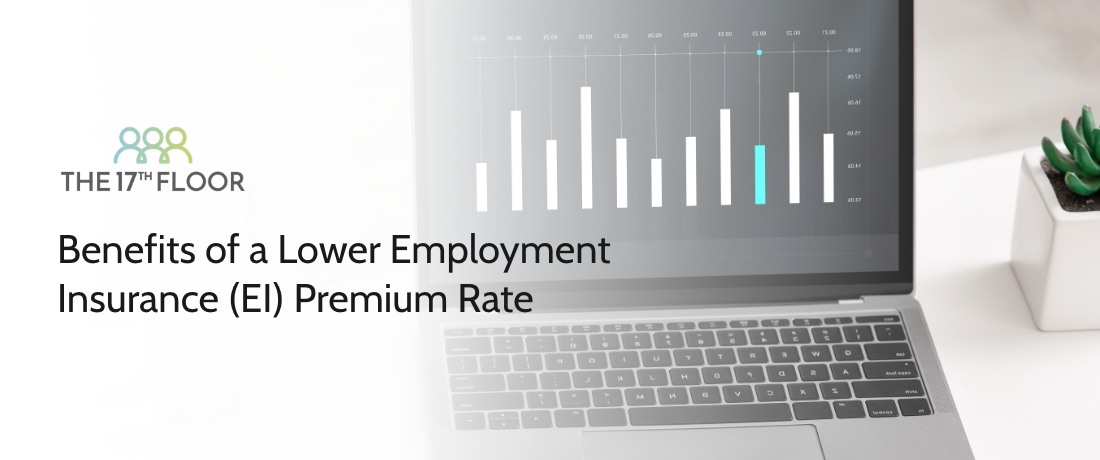Benefits of a Lower Employment Insurance (EI) Premium Rate

Canadian employers must deduct EI premiums from every dollar of insurable earnings of their employees up to a yearly maximum. Through the EI Premium Reduction Program, employers who provide their employees with a short-term disability plan may be entitled to pay their EI premiums at a lower rate than the standard one.
“The Employment Insurance (EI) Premium Reduction Program is a way for employers who offer a short-term disability plan to their employees to reduce their portion of the EI premium. Since employees who have access to short-term disability plans may not have to collect EI benefits, the demand on the EI program is lower, so this program returns the savings to both employers and employees,” according to the
Canadian Federation of Independent Business.
This program benefits not only the employer but also the employees. As explained in NPI’s Dialogue Magazine, “as part of the rate reduction program, employers are required to pass down a portion of the savings to their employees. The portion to be passed down to employees is 5/12 of the total savings, and the employer must return that portion to them in the year in which the employer received a premium rate reduction, or within four months of the following year”.
Effective January 1, 2022, the maximum insurable earnings have increased from $56,300 to $60,300. This year, the employee EI premium rate will be $1.58 per $100, meaning that insured workers will pay a maximum annual EI premium in 2022 of $952.74 compared with $889.54 in 2021. Regarding Quebec workers, their premium rate will be $1.20.
How Will the Reduction Affect the Administration of My Payroll?
“Because the same EI rate must be applied to remittances made throughout the entire calendar year, once you receive notification of your reduced rate, you will have to recalculate the employer EI premiums already paid retroactive to January 1, based on your new rate. Then, when you make the next remittance of source deductions, you will have to make the necessary financial adjustments by remitting the amount owed for the period less the amount you calculated as being an overpayment due to your new rate. If you have some employees not covered by your plan, this also affects the administration of your payroll,” according to the Government of Canada.
Have you applied to the Employment Insurance (EI) Premium Reduction Program? Share your experience in the comments section below.

Rita Paradis
We have a reduced EI rate because of our short term disability program